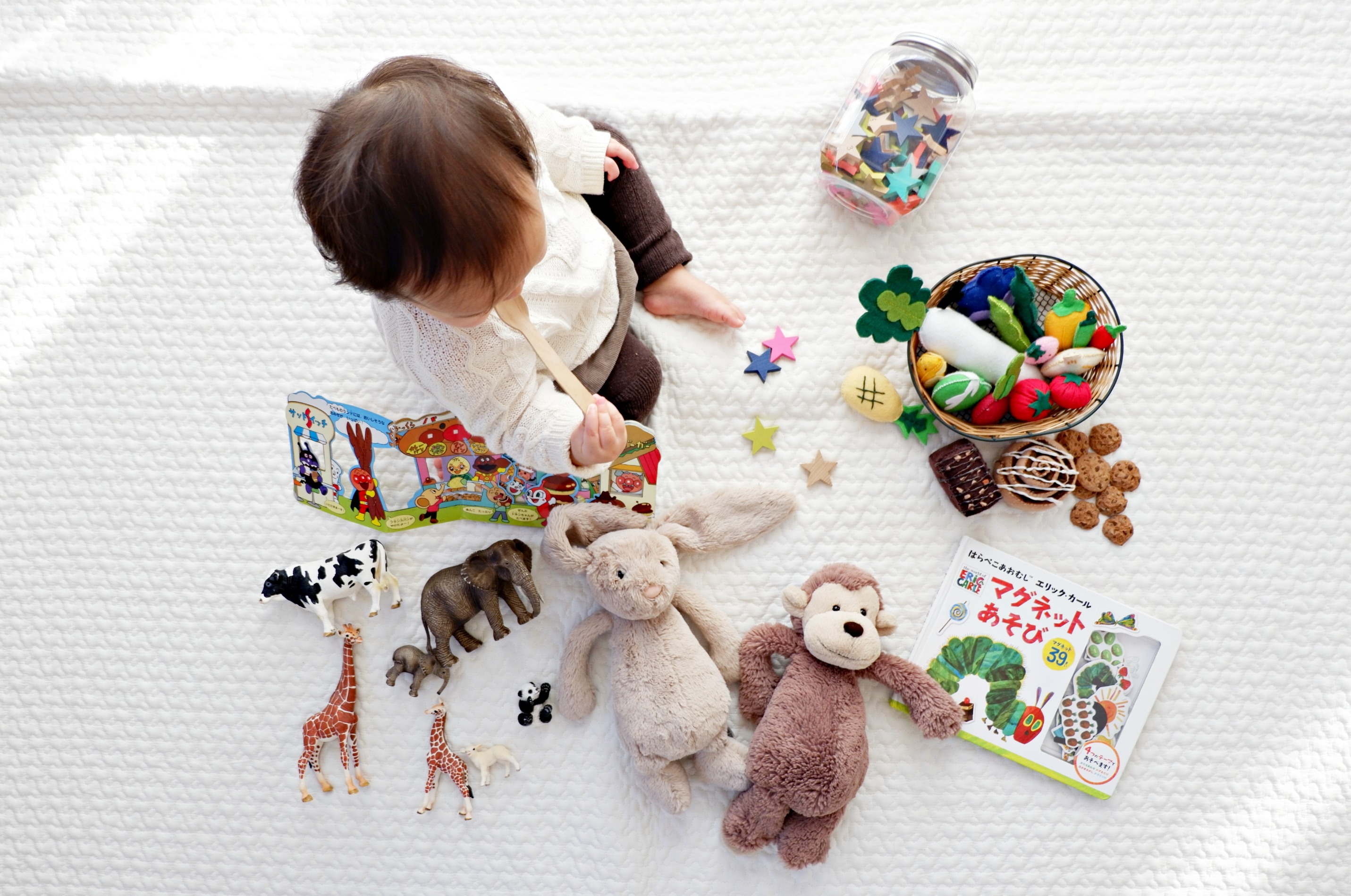Chilhood allergies on the rise
11 July 2020

Source: Unsplash
WITH schools reopening for more children beginning July 15, the spotlight is naturally on child health and safety.
In 2011, the Malaysian Society of Allergy and Immunology reported that 10 - 15.5 per cent of the childhood population had been diagnosed with one or more allergic diseases.
It was further projected that by 2021, this figure would increase to 50 per cent.
Allergic reactions and responses vary from atopic eczema to allergic rhinitis, each with its own fair share of myths and misconceptions.
Atopic eczema causes a person's skin to become itchy, dry, and cracked and is sometimes misattributed to food allergies.
"The truth is that it isn't necessarily the food. While the exact causes of atopic eczema are not clear, we know that it is in fact likely to be caused by a combination of things," says SunMed's consultant paediatric dermatologist Dr Heah Sheau Szu.
Factors which can contribute to atopic eczema include environmental factors and genes inherited from parents.
THE RIGHT FACTS
Some parents assume allergy drugs will make their child drowsy.
SunMed's consultant paediatric ear, nose and throat specialist Dr Priatharisiny Velayutham says the newer generation of allergy drugs are considered non-drowsy medications - meaning they are far less likely to cause drowsiness.
They are safe and can be taken once a day but parents are advised to read the label, know what their children are taking, and act accordingly.
Some parents also assume that they need to change their child's milk if he or she has eczema.
Consequently the mother either stops breastfeeding, or if the child was on formula, the parents change the formula brand.
This is more often than not a misconception because eczema doesn't necessarily equate to milk allergy.
In fact, there is only a small proportion of eczema patients who suffer from Cow's Milk Protein Allergy (CMPA), especially if they also have gastrointestinal issues such as vomiting, colic, and bloody stools says Dr Heah.
CMPA is a rare response by the body's immune system where proteins in cow's milk are recognised as a threat, leading to a response from the immune system.
CMPA symptoms can either happen right after feeding or can be delayed and manifest as skin, digestive, breathing or blood circulation conditions.
Allergies caused by pets are also common. Most parents assume pet fur is the problem when it's not.
"Pet dander is actually the culprit and not the fur," clarifies Dr Priatharisiny.
Pet dander are tiny flecks of skin shed by animals with fur or feathers such as birds, cats and dogs.
Due to how microscopic they are, pet dander can stay suspended in the air for a long time. They can also stick to furniture, bedding and fabrics alongside many items carried in-and-out of the home.
For those who are sensitive to pets, it's best to keep pets outside the home if possible.
Otherwise, keep pets away from the bedroom, furniture and carpets. Clean often and do not allow dust to accumulate in your living space.
Another common myth is that milk, juice, fruits, and cold drinks can worsen allergy-induced asthma.
"Iced orange juice irritates the throat, milk makes you produce more phlegm. I have heard parents say these things about the common cold. Equally, I have heard parents say the same thing about asthma. There isn't enough evidence to support this," says SunMed's consultant paediatric respiratory specialist Dr Norzila Mohamed Zainudin.
Allergy-induced asthma is the most common type of asthma. One study cited that about 90 per cent of kids with childhood asthma have allergies as compared to 50 per cent of adults with asthma.
If a child has allergy-induced asthma, their airways are extra sensitive to certain allergens. The symptoms are generally the same between non-allergic and allergic asthma, namely coughing, wheezing, shortness of breath, and feeling a tightening of the chest.
"You can take steps to control your exposure to allergens by avoiding dust mites and generally keeping your home clean," says Dr Norzila.
Moreover, there are also many good asthma treatments available.
Inhaled corticosteroids, for instance, are considered to be the most effective medication for controlling asthma, working continuously to reduce swelling of the airways. Bronchodilators are another treatment often used - a type of medication that makes breathing easier by widening the bronchi (airways) and relaxing the muscles in the lungs.
One common myth is that allergies are not deadly but in fact, hypersensitivity reactions can be life-threatening if an allergen triggers an anaphylactic reaction in a child.
A serious reaction can occur within a matter of seconds if your child has been exposed to something they are allergic to, like bee stings or peanuts, says Dr Norzila.
Anaphylaxis is a reaction where the immune system releases a flood of chemicals that can cause a child to go into shock. A child's blood pressure may suddenly drop
and their airways may narrow, thus causing the child to experience breathing difficulties.
If parents start to notice these symptoms alongside swelling, hives, and excessive itching, immediate medical attention must be sought.
"If a child has an anaphylactic attack, they might require CPR (cardiopulmonary resuscitation) if they stop breathing or if their heart stops beating. Epinephrine, oxygen, IV (intravenous) antihistamines and cortisones, are also administered as part of the treatment," says Dr Norzila.
When it comes to children's well-being and managing allergies, the first step for any parent whose child starts presenting symptoms is to seek help at the nearest clinic or hospital.
That way, doctors will be able to provide parents with an accurate diagnosis and prescribe the appropriate treatment.
Source: New Straits Times
Back


